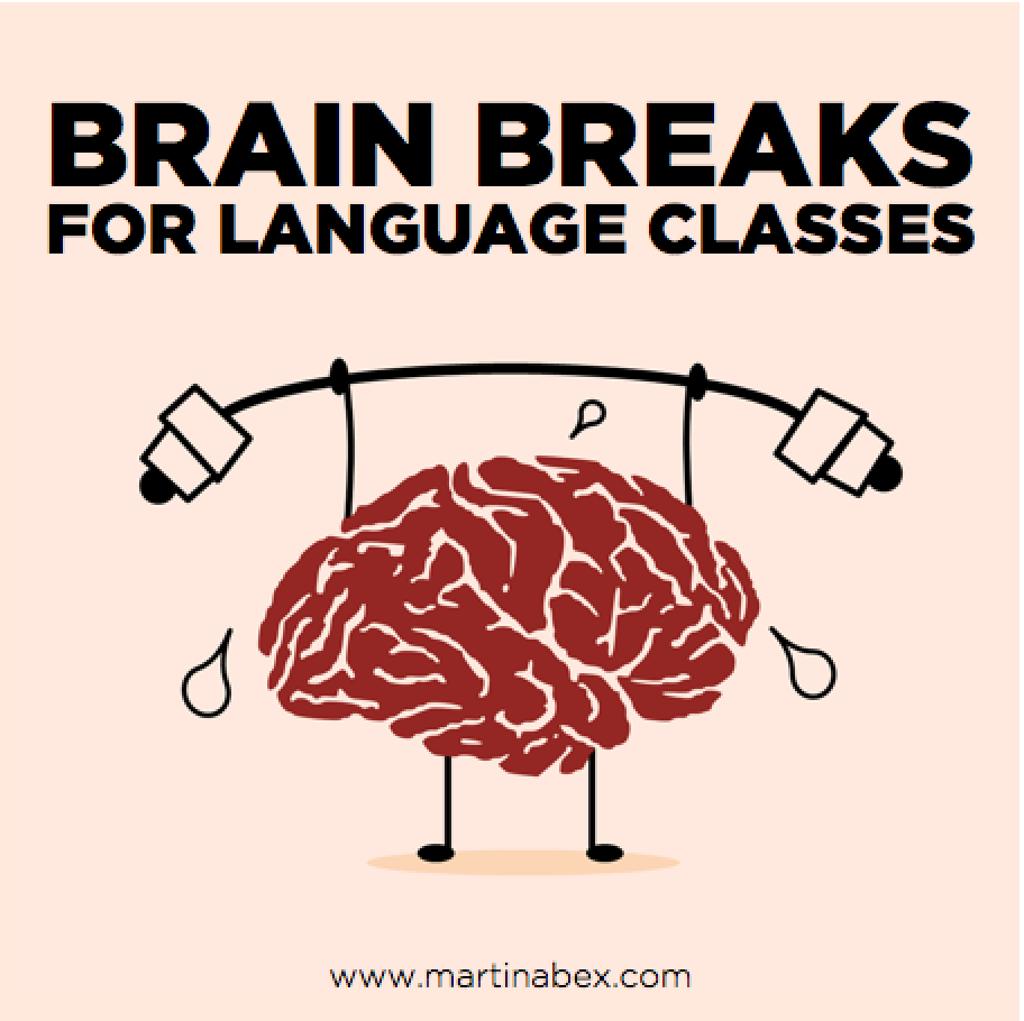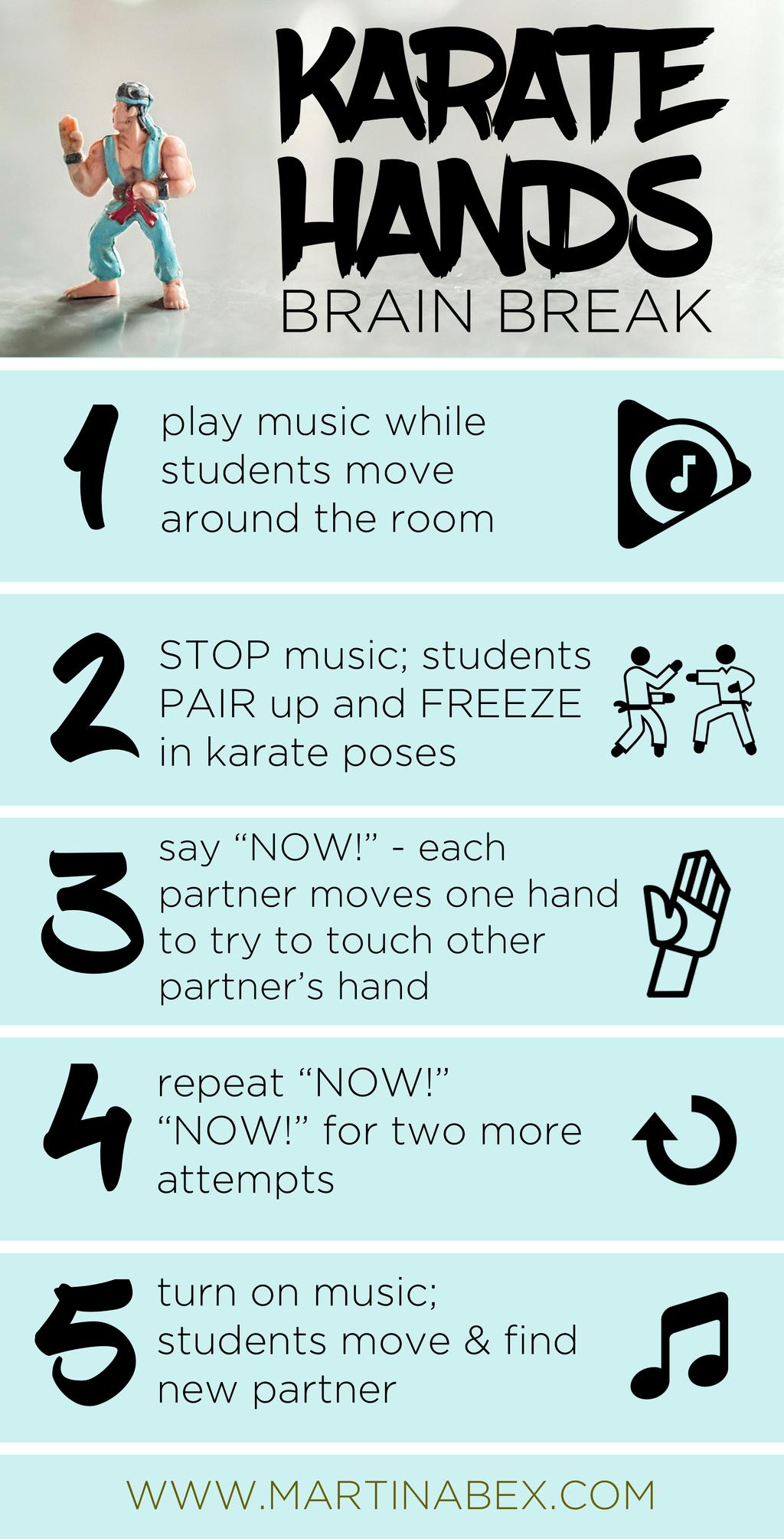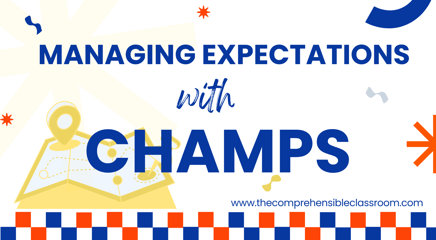I woke up this morning to a notification in my Inbox of a new blog post from Cynthia Hitz--so I knew that it was going to be a good day :) In this particular post, Cynthia shares her BEAUTIFUL Brain Break Balloon Bulletin Board! I love it! If I had a classroom, I would definitely make my own this weekend.
Her post reminded me that I have been meaning to blog about brain breaks ever since last September or October when Michele Whaley shared some with us at our First Fridays meeting. One of the [many] things that I love about Michele is her passion for and pursuit of research--she constantly reads articles and research in diverse areas and looks for ways to apply her new knowledge to language instruction.
While Michele shared several of her brain breaks with our group, she also shared something that I had never learned--that the most effective brain breaks engage both hemispheres of the brain. I always thought that brain breaks were more about the "break" than about the "brain"--to give students a moment of respite from whatever task they are currently engaged in. Not so! Brain breaks are actually most effective when they are more about the "brain" than the "break"!
What does this mean? It's totally fine and acceptable to do activities like listening to a favorite song (a la Cantaninja) or meditating for 1 minute and call them brain breaks, but the best brain breaks are physical activities that require students to cross their midline: activities like "grab your left ear with your right hand and grab your nose with your left hand; now switch; now switch back". By meeting this criterion, the brain break stimulates neurological pathways and requires BOTH hemispheres of the brain to work TOGETHER. Research shows that students are able to work more efficiently when they participate in kinesthetic, dual-hemisphere brain breaks every 20-25 minutes. Yes--students get a "break" from the task, but their brains are hard at work! Given this understanding of the purpose of a brain break, it is not relevant whether the activity is described and/or completed in the target language. However; if students are able to understand the instructions for the activity and complete the activity itself by speaking in the target language, then by all means, do it! After a year of physical-activity brain breaks in the target language, students will know the terms "left", "right", many TPR commands (like "jump", "squat", "switch"), and their body parts without ever having to suffer through a thematic unit on the topic.

To this end, I have compiled some of the most effective brain breaks that I have found around the web in this "Brain Breaks" document that you can download here. There is nothing fancy about the format--just descriptions of 20 activities on strips of paper--but you can easily use them to stuff into balloons, as Cynthia suggests. Alternatively, you could number 20 popsicle sticks 1-20 and put them in a jar, and then the class would complete whichever activity corresponds to the number on the stick that is drawn by a student. I wrote all of the descriptions in English, but I would highly recommend giving the directions for each activity to your students in the target language as long as students are able to understand it. Not all of the activities require students to cross the L/R axis, but most of them do.

Enjoy criss-crossin' with your kiddos :)
Looking for more? Follow my Brain Breaks board on Pinterest!




